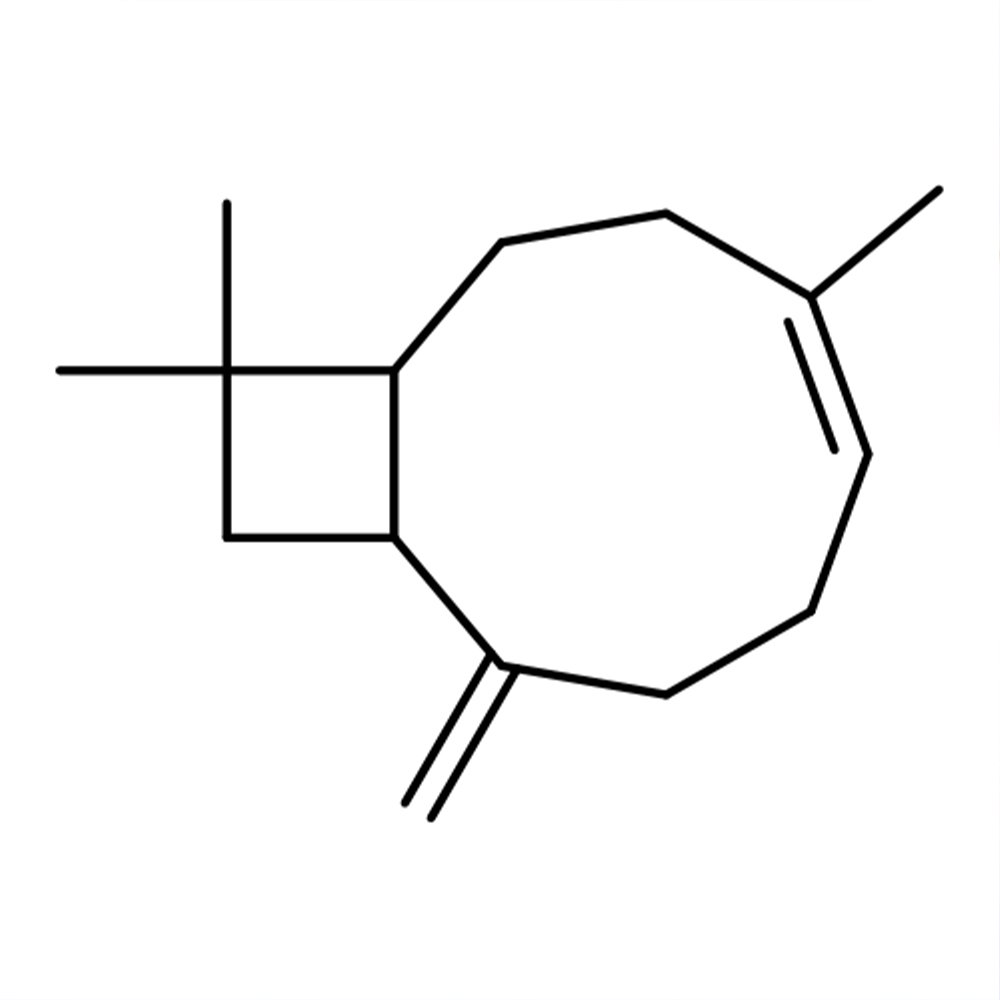technical Ingredient Overview
🔎 Chemical Name — Benzyl isoeugenol
🧪 Synonyms — 3-Phenyl-2-propen-1-ol, α-methyl-, benzyl ether; Benzyl 2-methoxy-4-propenylphenyl ether
🧬 Chemical Formula — C₁₆H₁₆O₂
📂 CAS — 120-11-6
📘 FEMA — 3698
⚖️ MW — 240.3 g/mol
📝 Odor Type — Floral, spicy, clove-like
📈 Odor Strength — Medium to strong
👃🏼 Odor Profile — Sweet, balsamic, spicy, eugenol-like with jasmine and ylang nuances
⚗️ Uses — In the fragrance industry, benzyl isoeugenol serves as a versatile ingredient, contributing to various fragrance compositions. It is often employed in floral, oriental, and woody fragrance formulations, adding depth and warmth to the scent profile. Additionally, it can be found in personal care products such as soaps, lotions, and cosmetics for its fragrance-enhancing properties.
🧴 Appearance — Colorless to pale yellow oily liquid
What is Benzyl Isoeugenol?
Benzyl isoeugenol is a synthetic aromatic ether derived from isoeugenol, in which the phenolic hydroxyl group has been etherified with benzyl alcohol. This structural change enhances both the compound’s stability and olfactory characteristics, offering a warmer, longer-lasting profile compared to its parent molecule. It belongs to the class of phenylpropenyl ethers (Arctander, 1960).
Historical Background
Isoeugenol, a natural constituent of clove oil, served as the structural basis for benzyl isoeugenol. Benzylation of isoeugenol was introduced as a chemical strategy to improve its oxidative stability and reduce allergenic potential while preserving its warm, spicy-floral character (Sell, 2019). Though the specific date of synthesis remains undocumented, the material gained use in perfumery by the mid-20th century during the rise of oriental and spicy floral accords (Arctander, 1960).
Olfactory Profile
Scent Family: Spicy-floral
Main Descriptors: Balsamic, sweet, clove-like, jasmine, creamy, warm
Intensity: Medium to strong
Volatility: Low
Fixative Role: Moderate fixative, particularly effective in floral and spicy base accords
Applications in Fine Fragrance
Benzyl isoeugenol contributes richness and volume to:
Oriental and spicy floral perfumes
Jasmine, ylang-ylang, and carnation accords
Ambery and clove-themed bases
It performs synergistically with materials such as:
Eugenol and Isoeugenol
Its moderate diffusion and tenacity make it suitable as a background note that supports and softens sharp floral-spicy profiles (Sell, 2019; Arctander, 1960).
Industrial & Technical Uses
Outside perfumery, Benzyl isoeugenol is listed by FEMA (No. 3698) as a GRAS flavoring substance, used in trace quantities to deliver sweet-spicy undertones in food applications (FEMA, 2024). It also sees application in:
Scented soaps and creams
Home fragrance systems and candles
Aromatherapy products
Due to its low volatility and warm character, it performs well in slow-release and long-lasting fragrance systems.
Regulatory & Safety Overview
IFRA Compliance:
Benzyl isoeugenol is restricted under IFRA Standards (51st Amendment) as a potential sensitizer. Its usage is limited depending on the product category. In fine fragrance, the typical maximum is below 0.4% (IFRA, 2023).
GHS Classification:
Classified as Skin Sensitizer Category 1
Signal word: Warning
H317: May cause an allergic skin reaction (PubChem, 2024)
EU Cosmetics Regulation:
Listed under Annex III (EC 1223/2009) as a fragrance allergen
Must be labeled above 0.001% in leave-on and 0.01% in rinse-off cosmetics (European Commission, 2024)
REACH Status:
Benzyl isoeugenol is registered under REACH with a safety dossier available
FEMA GRAS:
FEMA No. 3698
Recognized as safe for use in food with usage limitations in accordance with good manufacturing practice (FEMA, 2024)
Toxicology:
While not acutely toxic, dermal sensitization has been observed in human patch tests. Safe use relies on strict concentration control (Sell, 2019).
References
Arctander, S. (1960). Perfume and Flavor Chemicals (Aroma Chemicals). Montclair, NJ: Published by the author.
European Commission. (2024). CosIng database. Retrieved from https://ec.europa.eu/growth/tools-databases/cosing/
FEMA. (2024). FEMA GRAS list. Flavor and Extract Manufacturers Association. Retrieved from https://www.femaflavor.org
IFRA. (2023). IFRA Standards – 51st Amendment. International Fragrance Association. Retrieved from https://ifrafragrance.org
PubChem. (2024). Benzyl isoeugenol. CID 8478. Retrieved from https://pubchem.ncbi.nlm.nih.gov/compound/8478
Sell, C. (2019). The Chemistry of Fragrances (2nd ed.). Cambridge, UK: Royal Society of Chemistry.











